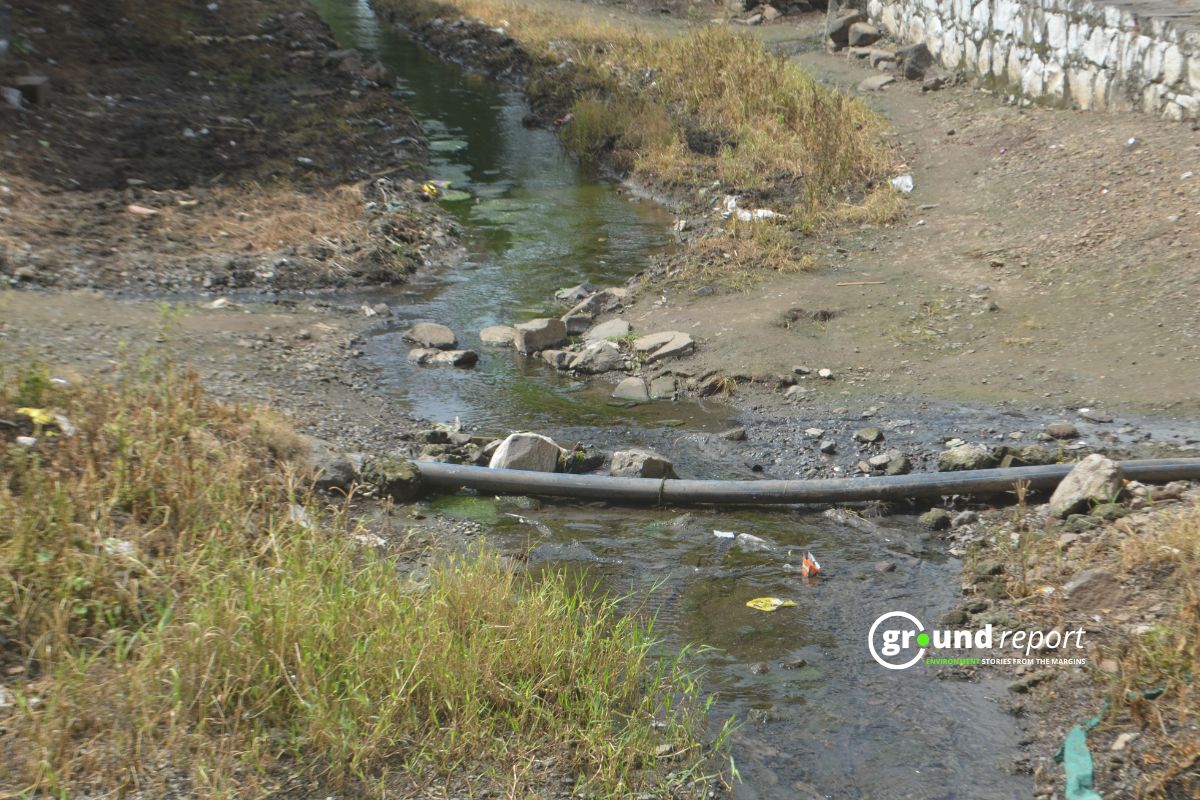India is likely to receive more rainfall than usual during the monsoon season from June to September. The India Meteorological Department (IMD) said the country may get 106% of the Long Period Average (LPA), up from last month’s estimate of 105%.
Rainfall is also expected to be higher than normal in June. The IMD said rainfall could reach 108% of the LPA this month. This means the country could see more than 87 cm of rain, which is considered the average for this period based on data from 1971 to 2020.
More rain in Central India, less in Northeast
IMD Director General Mrityunjay Mahapatra said that states like Madhya Pradesh, Chhattisgarh, Maharashtra, and Odisha will likely receive more rainfall than usual. These areas fall within the monsoon’s core zone and rely heavily on monsoon rains for agriculture.
Meanwhile, states like Bihar, Jharkhand, Kerala, Tamil Nadu, Punjab, and Haryana may see less rain than normal. Rainfall in Northwest India is expected to be near average, while Northeast India may receive below-normal rainfall.
What Is long period average?
The Long Period Average, or LPA, is the average rainfall India receives during the monsoon season over a 50-year period. Currently, the LPA is set at 87 cm. Rainfall above this figure is considered above normal, while anything below indicates a weaker monsoon.
The government also launched a new weather forecasting system called the Bharat Forecast System (BFS). Union Minister Dr. Jitendra Singh introduced the system, which will help in disaster planning, agriculture, water management, and public safety, even at the village level.
Developed by the Indian Institute of Tropical Meteorology in Pune, the BFS system offers highly detailed forecasts with a resolution of 6 kilometers. It will use a new supercomputer, Arka, which runs weather models faster and more accurately than the previous system, Pratyush.
The system collects data from 40 Doppler radars, and the IMD plans to expand this to 100 radars. This will allow two-hour advance warnings for local weather events like storms and heavy rain.
The southwest monsoon reached Kerala on May 24, eight days earlier than the usual date of June 1. This is the earliest arrival in 16 years. In 2009, the monsoon had arrived on May 23.
This early onset is due to higher humidity levels in the Arabian Sea and Bay of Bengal, along with increased sea surface temperatures. Western disturbances and cyclonic systems also helped the monsoon move faster than normal. Experts say climate change is playing a key role in shifting weather patterns.
The monsoon usually covers the entire country by July 8 and starts withdrawing by mid-September.
Support us to keep independent environmental journalism alive in India.
Keep Reading
Madhya Pradesh sees 66 forest fires daily; AI tracks, action still lags
Indore’s Ramsar site Sirpur has an STP constructed almost on the lake
Indore Reviving Historic Lakes to Combat Water Crisis, Hurdles Remain
Indore’s residential society saves Rs 5 lakh a month, through rainwater harvesting
Follow Ground Report on X, Instagram and Facebook for environmental and underreported stories from the margins. Give us feedback on our email id greport2018@gmail.com.
Don’t forget to Subscribe to our weekly newsletter, Join our community on WhatsApp, and Follow our YouTube Channel for video stories.






